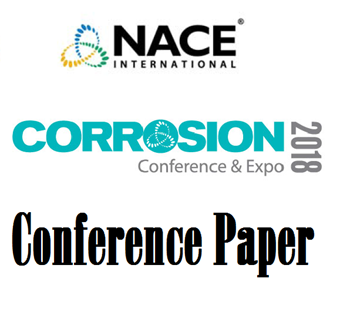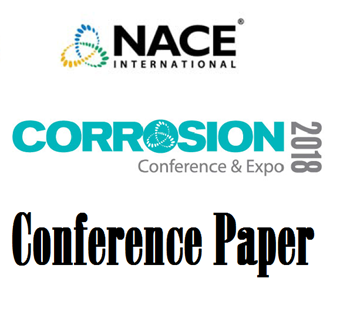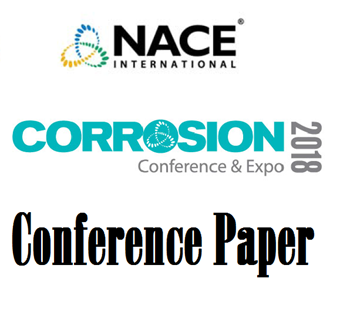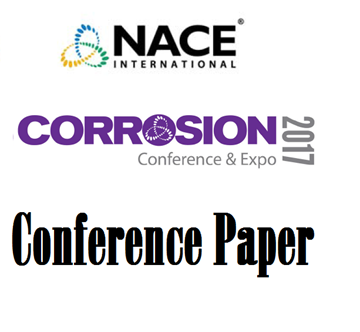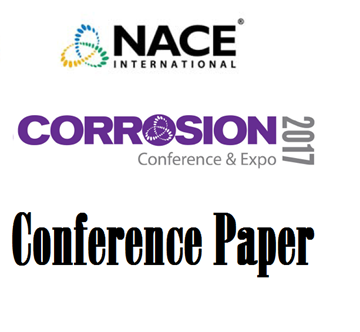Search
Products tagged with 'mitigation'
View as
Sort by
Display
per page
51318-11270- DC Transit Stray Current Corrosion Control: Everyone Wins When You Work Together
Product Number:
51318-11270-SG
Publication Date:
2018
$20.00
51318-11271- AC Corrosion Control: When Too Much Cathodic Protection Might Just be a Bad Thing!
Product Number:
51318-11271-SG
Publication Date:
2018
$20.00
51318-11537-Effect of Corrosion Inhibitor Alkyl Tail Length on the Electrochemical Process Underlying CO2 Corrosion of Milld Steel
Product Number:
51318-11537-SG
Publication Date:
2018
$20.00
51318-11659-Mitigating Pipeline AC Interference Using Numerical Modeling & Continuous AC Voltage Monitoring
Product Number:
51318-11659-SG
Publication Date:
2018
$20.00
Alleviating Stray Current Concerns “Our Infrastructure is Corroding!”
Product Number:
51323-19233-SG
Publication Date:
2023
$20.00
Are You Restricted by Your Total Solar Reflectance Performance?
Product Number:
41213-749-SG
Publication Date:
2013
$20.00
Case Study - AC Mitigation Design without Powerline Data
Product Number:
51323-18983-SG
Publication Date:
2023
$20.00
Case Study of AC interference on an Urban Gas Pipeline: Field Test AC Mitigation Design and Assessment
Product Number:
51317--8914-SG
ISBN:
8914 2017 CP
Publication Date:
2017
$20.00
Concrete Flooring Moisture Issues: Minimizing, Evaluation and Mitigation
Product Number:
41213-726-SG
Publication Date:
2013
$20.00
DC Decoupler Modelling To Predict The Effects Of Capacitance On CP Potential Surveys
Product Number:
51322-17839-SG
Publication Date:
2022
$20.00
Effect Of Antimicrobial Halophilic Plant Extracts On Microbiologically Influenced Corrosion (MIC)
Product Number:
51322-18089-SG
Publication Date:
2022
$20.00
Factors Affecting Vapor Phase H2S Concentrations in Asphalt and Mitigation via Scavengers
Product Number:
51317--9449-SG
ISBN:
9449 2017 CP
Publication Date:
2017
$20.00

